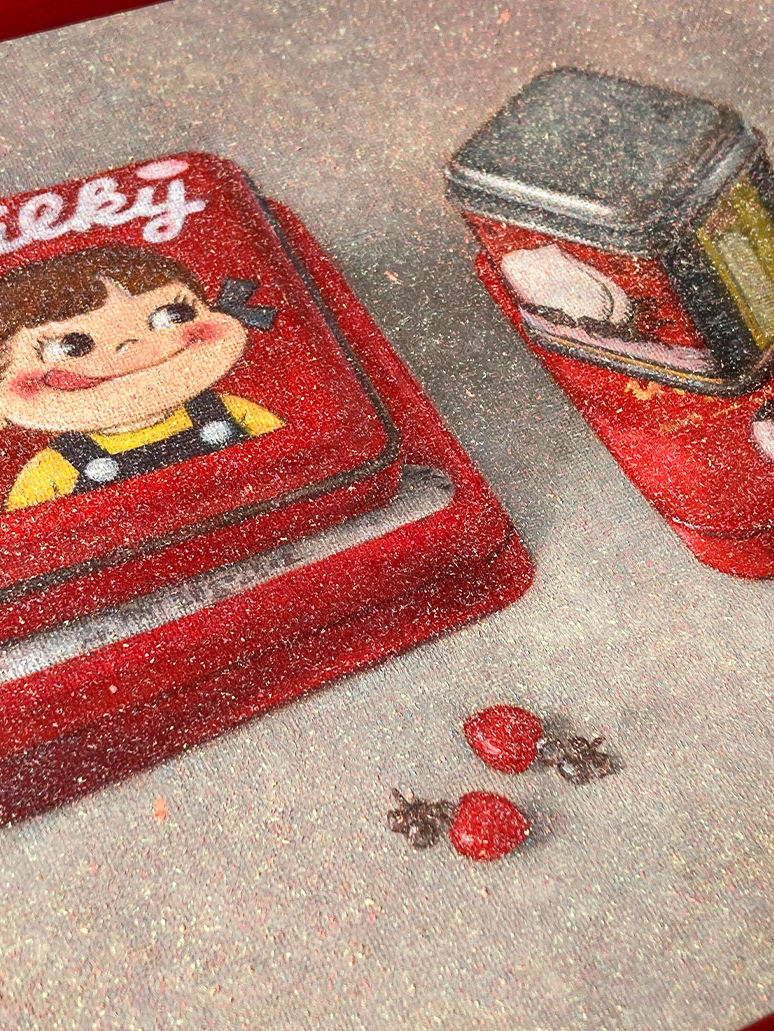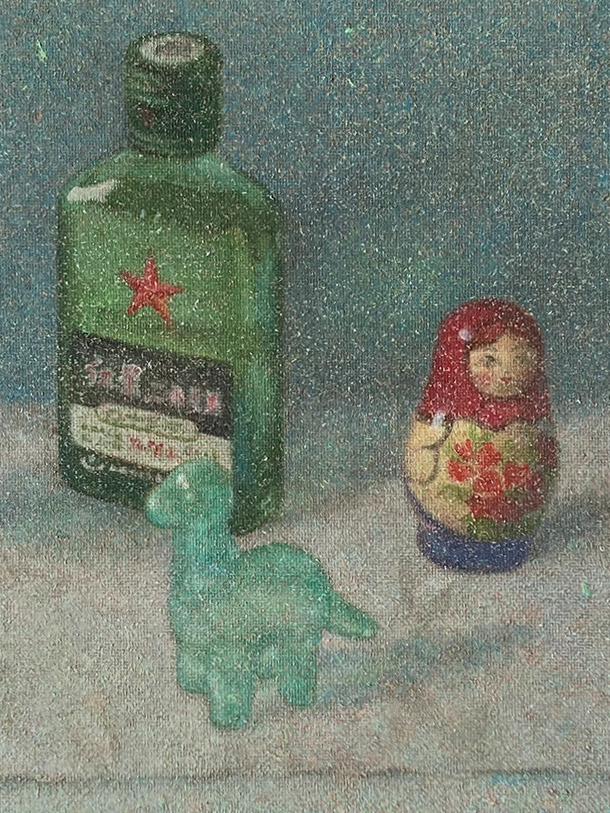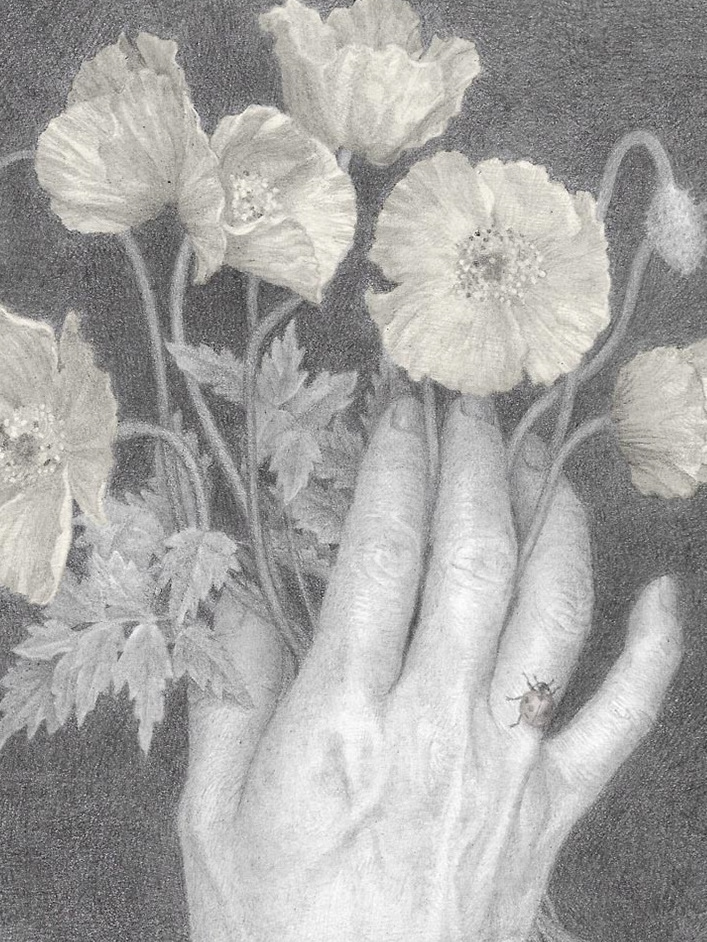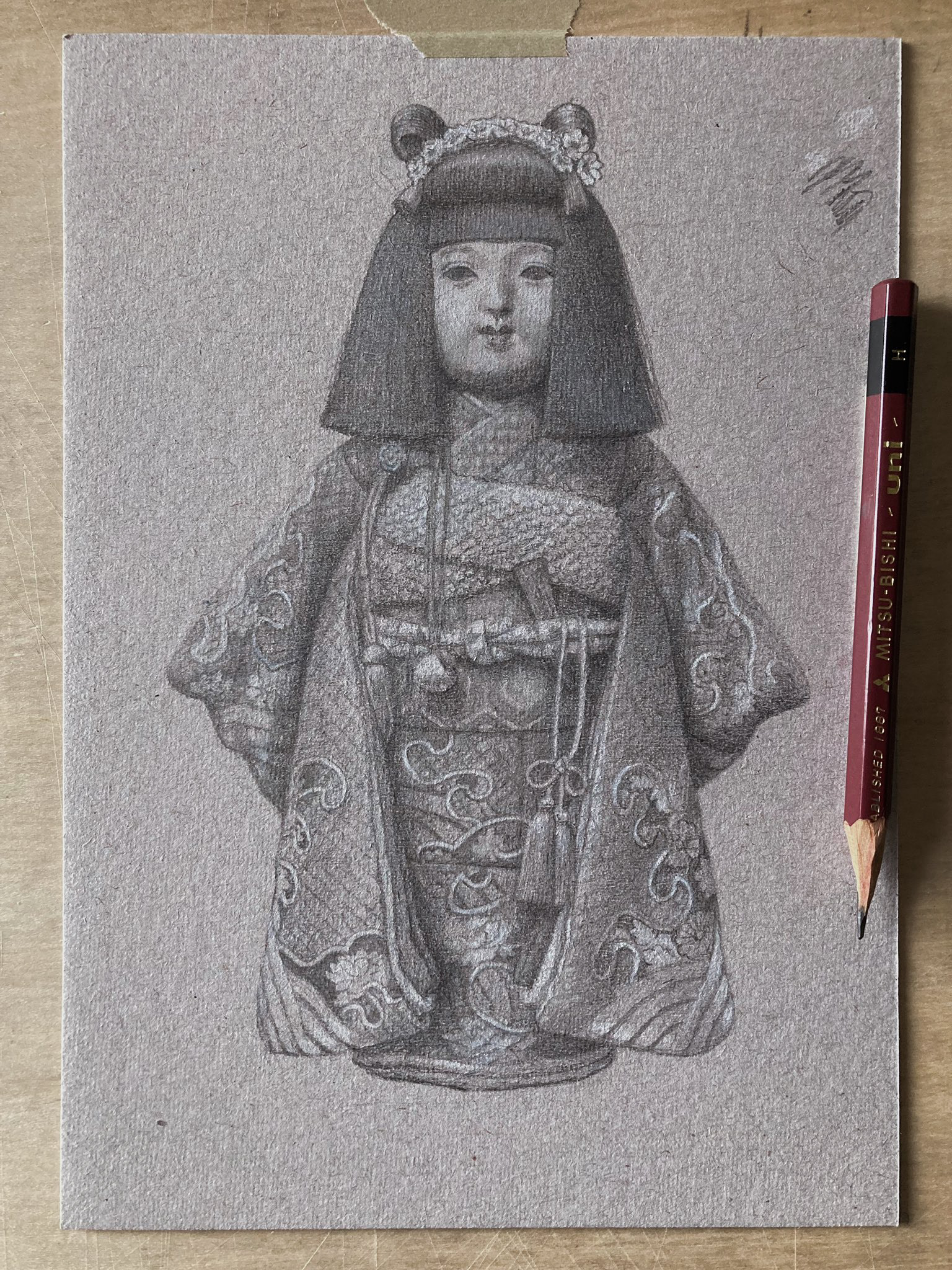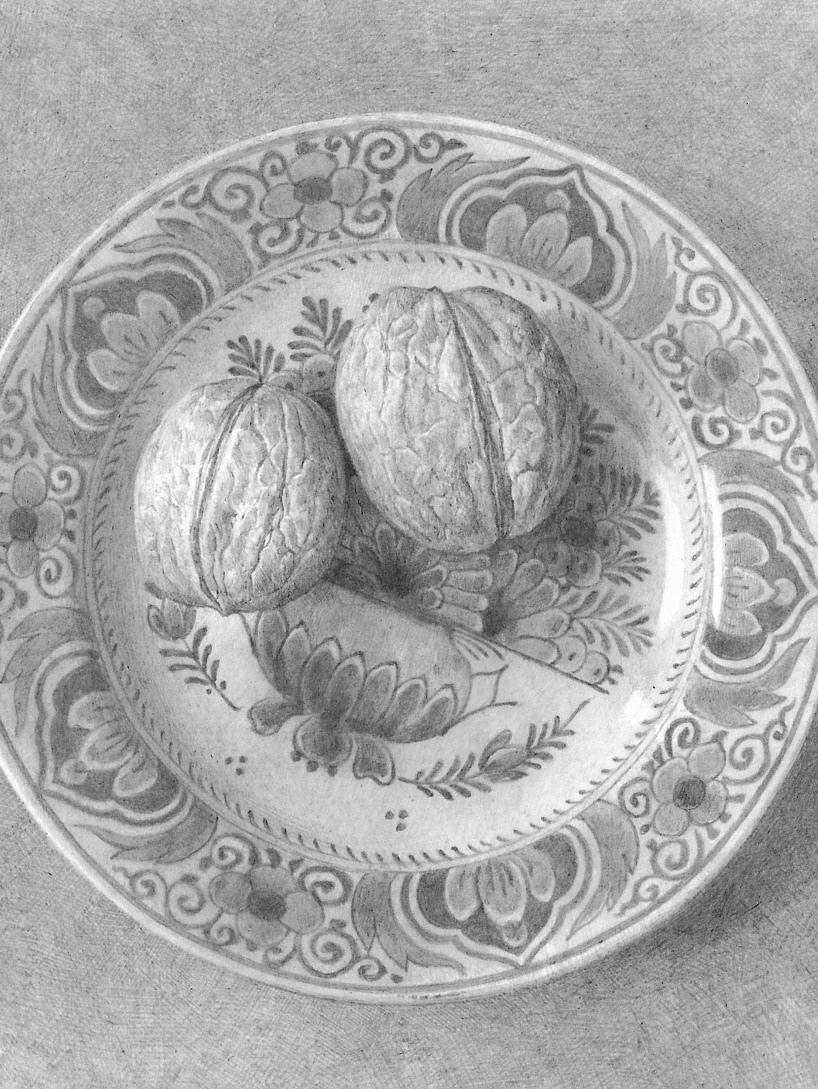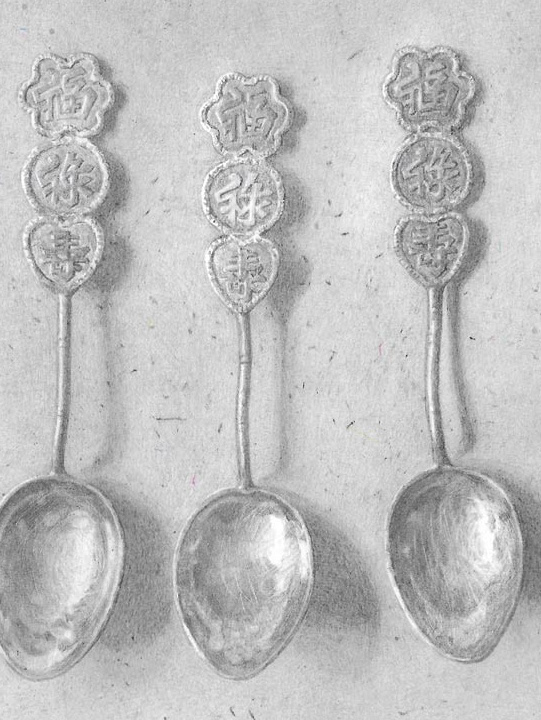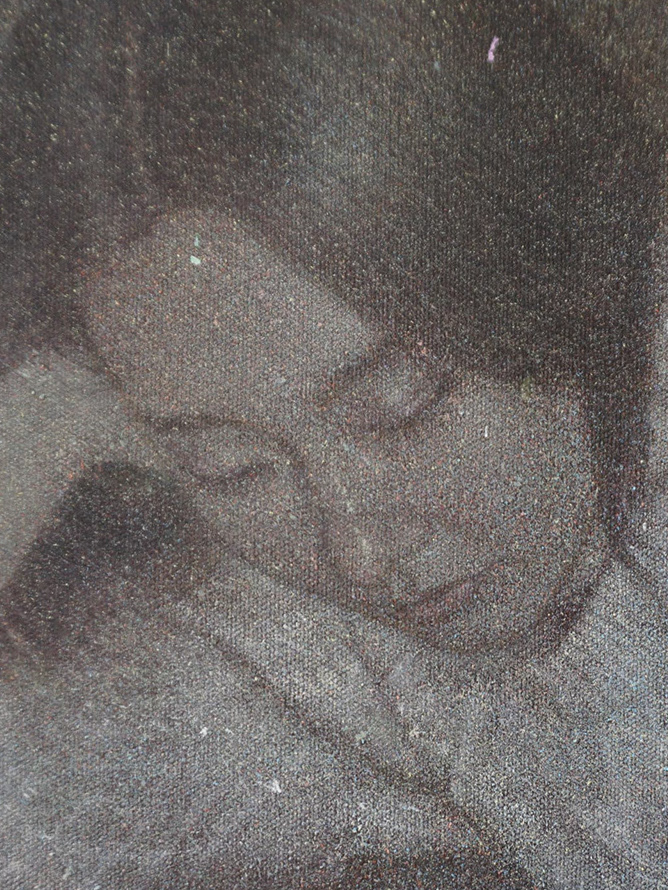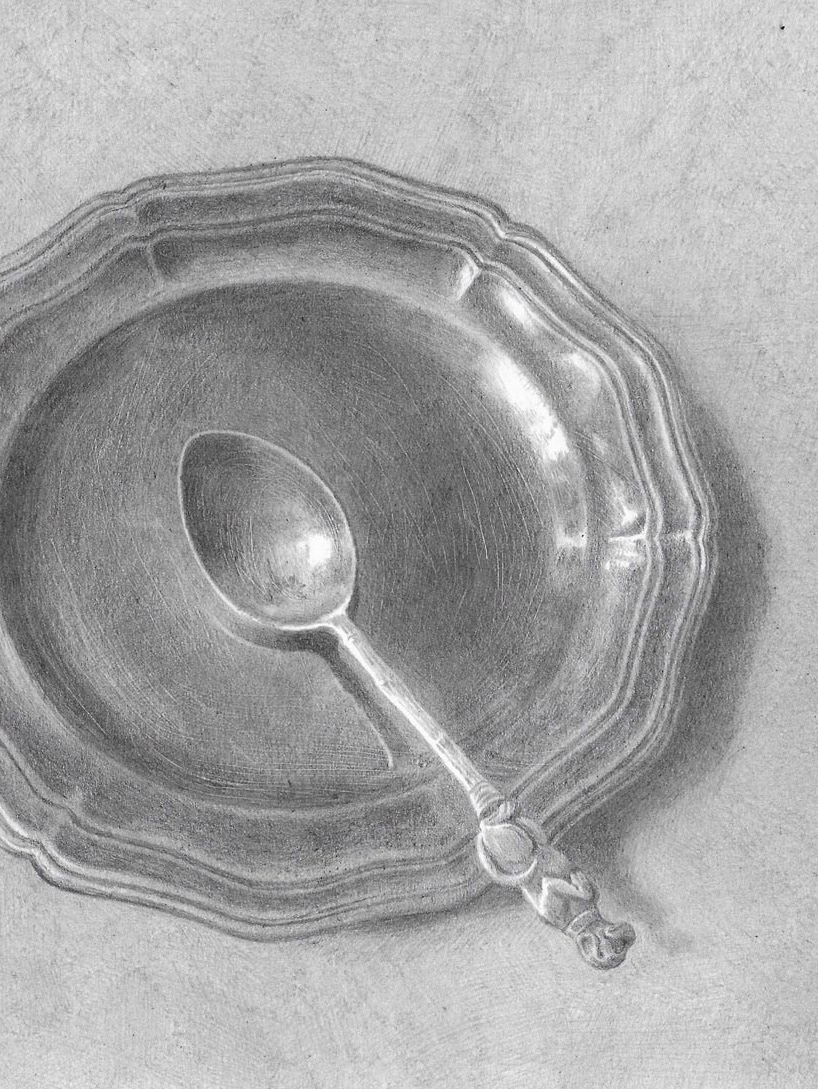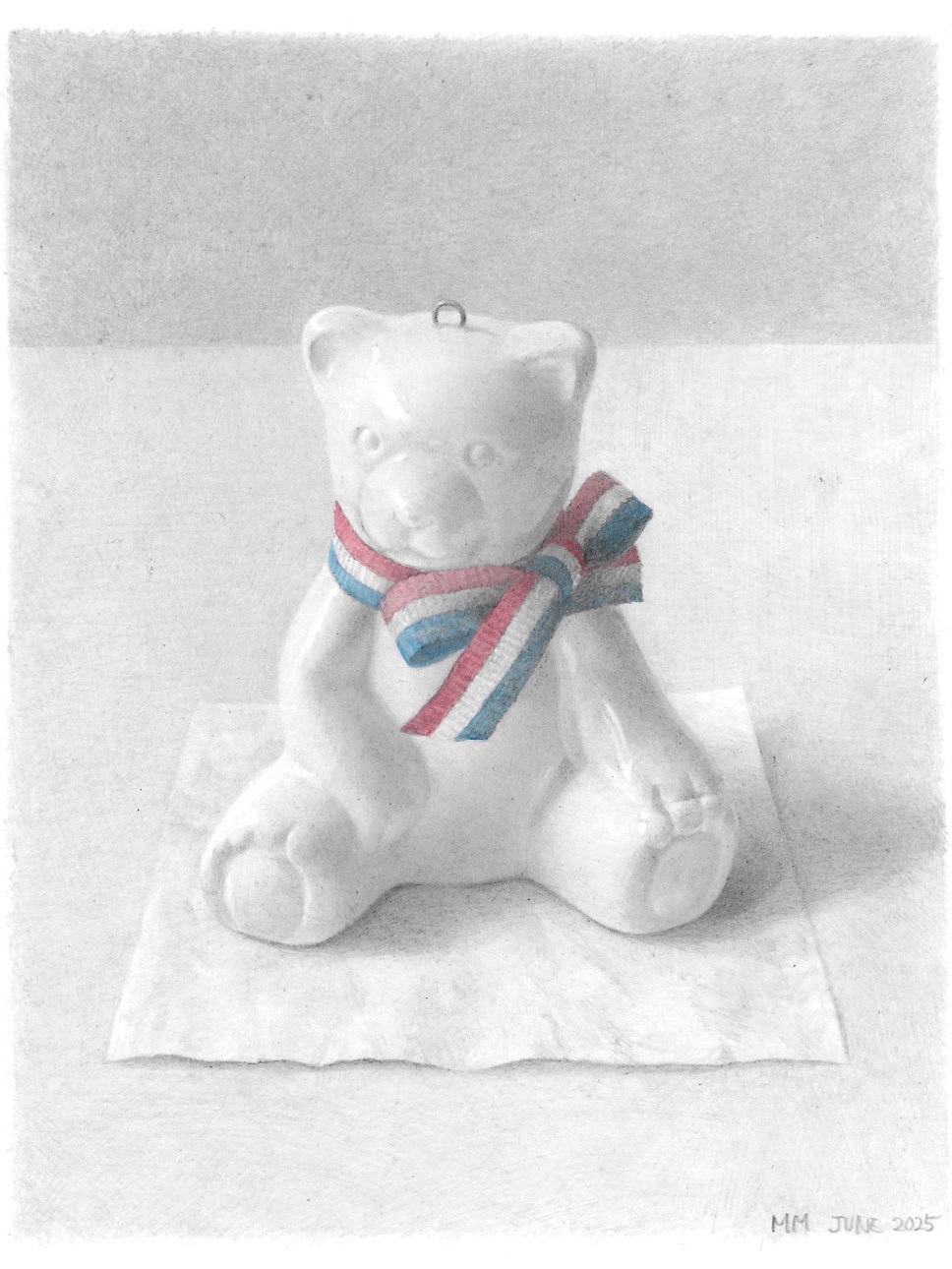Oil paint on canvas
18 x 24 cm
18 x 24 cm
Pinecones have been one of my low-key hobbies for years. Whenever I travel and spot a pine tree, I inevitably find myself at its base, scanning for a good one. If I come across a freshly fallen, unstepped-on cone in decent shape, I’ll take it home. I boil them for disinfection, and it’s oddly satisfying to watch the tightly shut scales slowly open again as they dry.
It wasn’t until a couple of years ago that I started feeling like I was actually collecting them. During a visit to the Black Forest in Germany, I stumbled upon a bunch of spruce cones — the kind I’d only ever seen in Christmas illustrations. I was pleased and brought some home. Since the forest was damp, the cones were tightly closed when I picked them up. But once they dried and opened, I realized I didn’t actually like how they looked. I debated whether to keep them, but figured it wouldn’t hurt to have a few oddballs mixed in with my otherwise mediocre old larch and black pine cones. Since then, I’ve stopped picking up cones I already have.
In 2024, while driving through Grand Canyon National Park, I saw the sheer number of pinecones that were scattered everywhere. I stepped out of the car, mildly embarrassed by how ridiculous I might look on the roadside, but still managed to carefully pick out my favorites. The ones in this painting are from that day. It might be hard to tell, but the one on the left is a Ponderosa pine, and the one on the right is a Jeffrey pine.
The Jeffrey pine was named after a Scottish botanist, John Jeffrey, who disappeared at the age of 28 during an expedition in America in the mid-19th century. He was never seen again. The cones have small spikes that keep their heads bowed, so they won’t prick you when you hold them. Ponderosa cones, though, have bristly spikes that stick out proudly. Grab one without thinking and you’ll yelp before you know it.
The Grand Canyon trip left me with one more souvenir.
I’ve had a childhood friend since we were about a week old. When her family visited Hawaii while she was still a baby, her father picked up a pretty stone from a beach as a keepsake. That same night, the baby girl came down with a mysterious high fever. A fortune teller or someone like that told the family that the spirits were angry because something had been taken from them. The stone was hurriedly returned to its spot, and the fever vanished.
Whether it’s true or not, I was told this story when I was little, and then again decades later, in 2024. I’ve had a habit of pocketing random things since I was a kid, and every time I do, this Hawaii story quietly comes back to test my faith.
That same inner voice was there when I visited Sedona, a place considered sacred by Native Americans. While wandering the red earth, I picked up a small stone and slipped it into my pocket, half-thinking it might be entertaining if something cursed happened. Incidentally, the person who brought me there was that same friend’s father. Whether he remembered his own haunted souvenir episode or not, he didn’t say a word about it. The small triangular stone in the foreground of this painting is the one I took that day.
By the way, the father still claims to sense a strong spiritual inspiration from Hawaii, and every now and then paints wild, energetic images of its volcanoes and goddesses.

